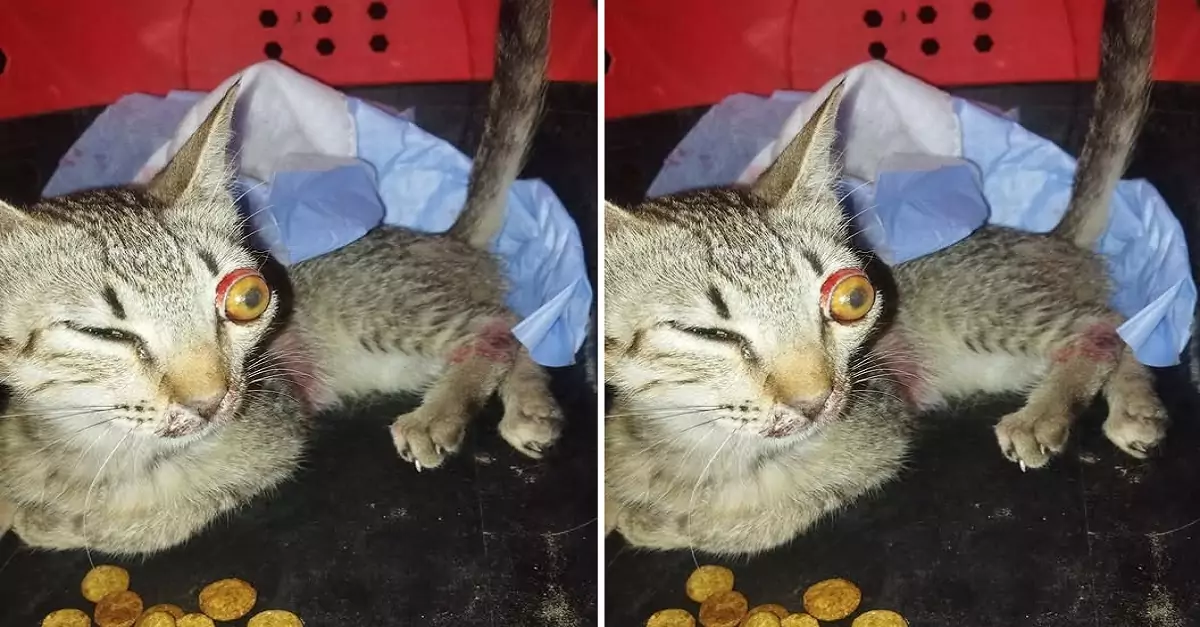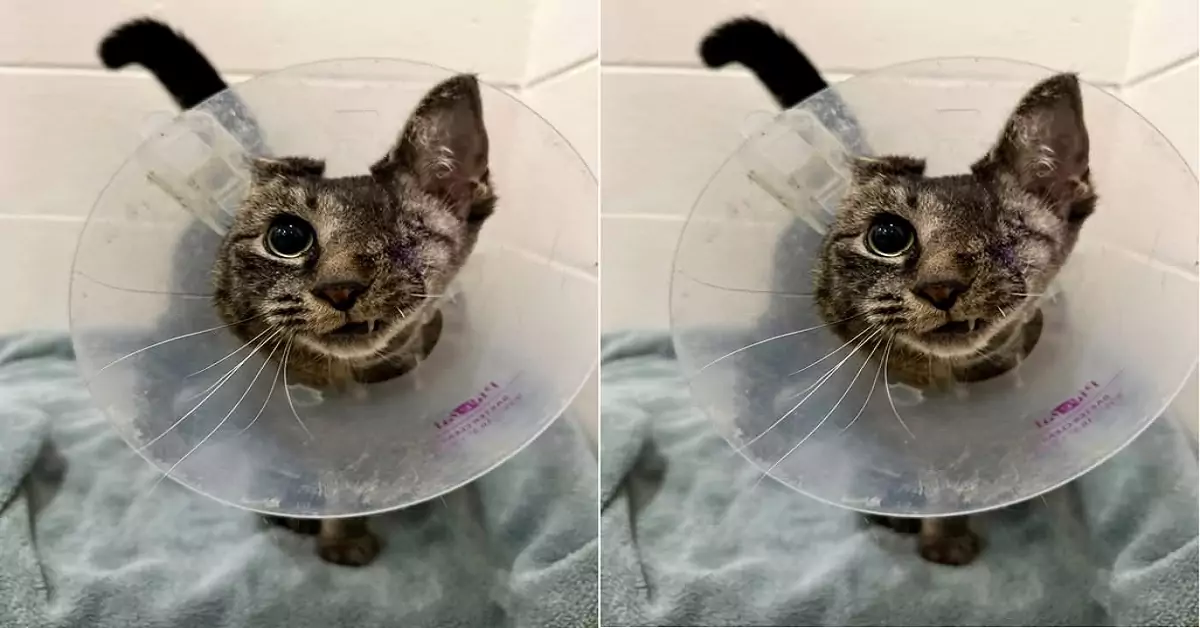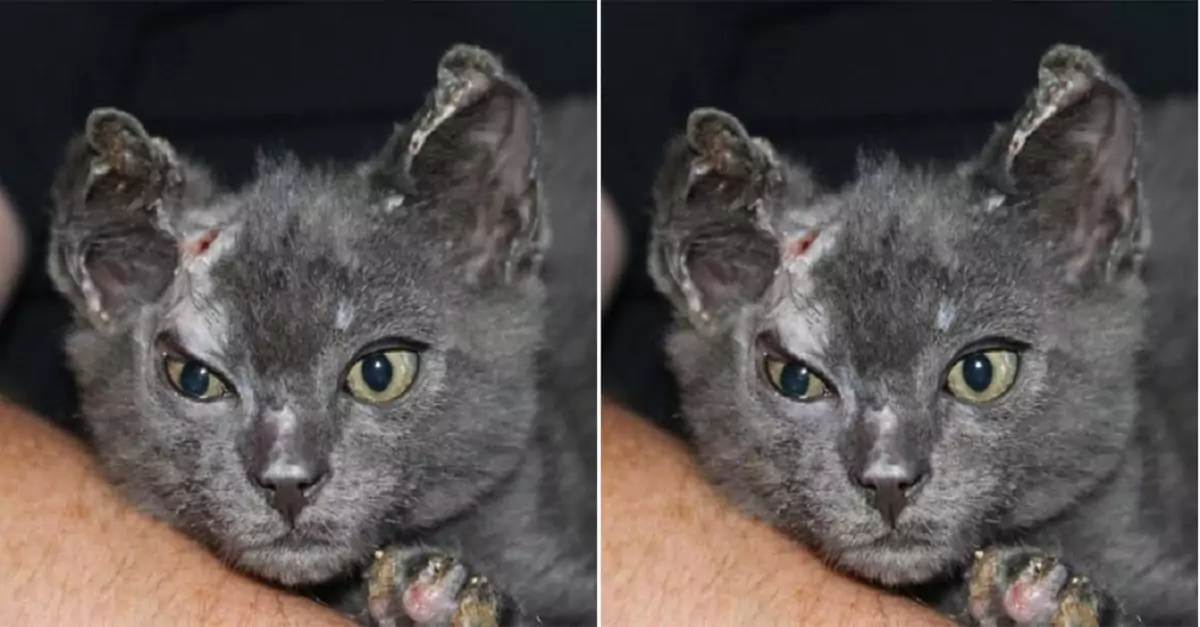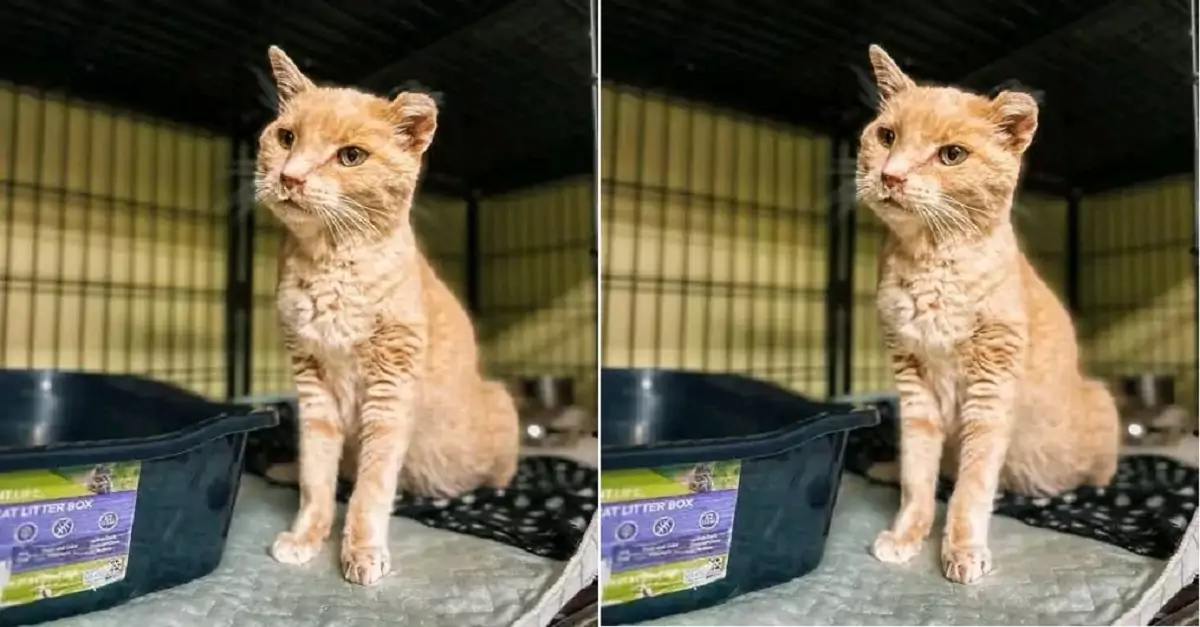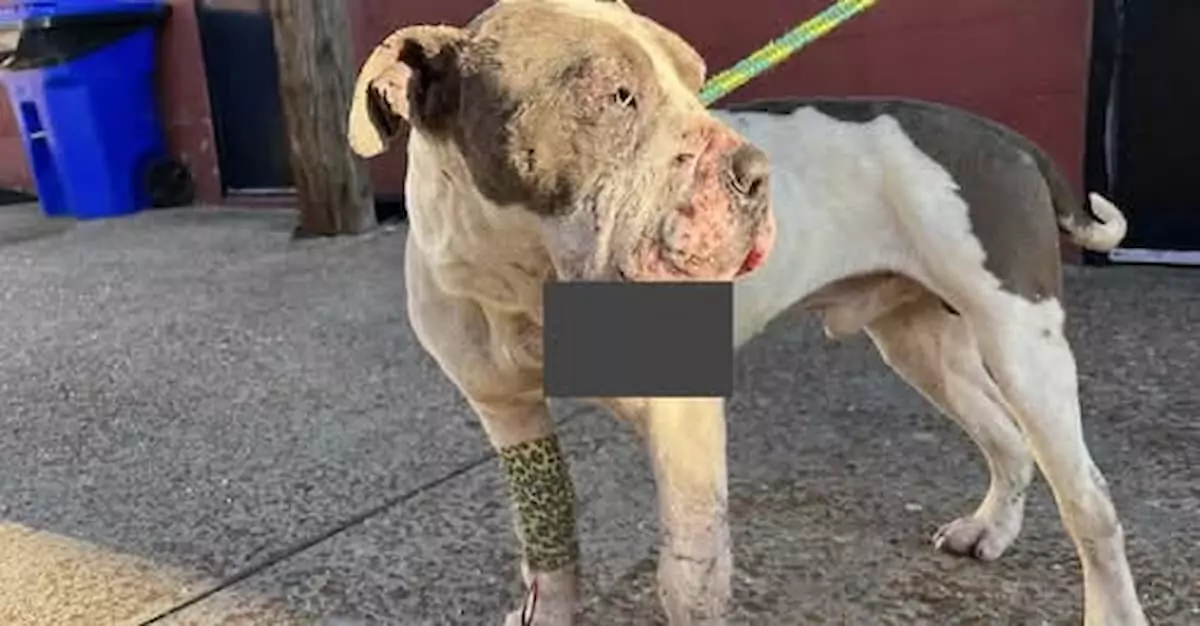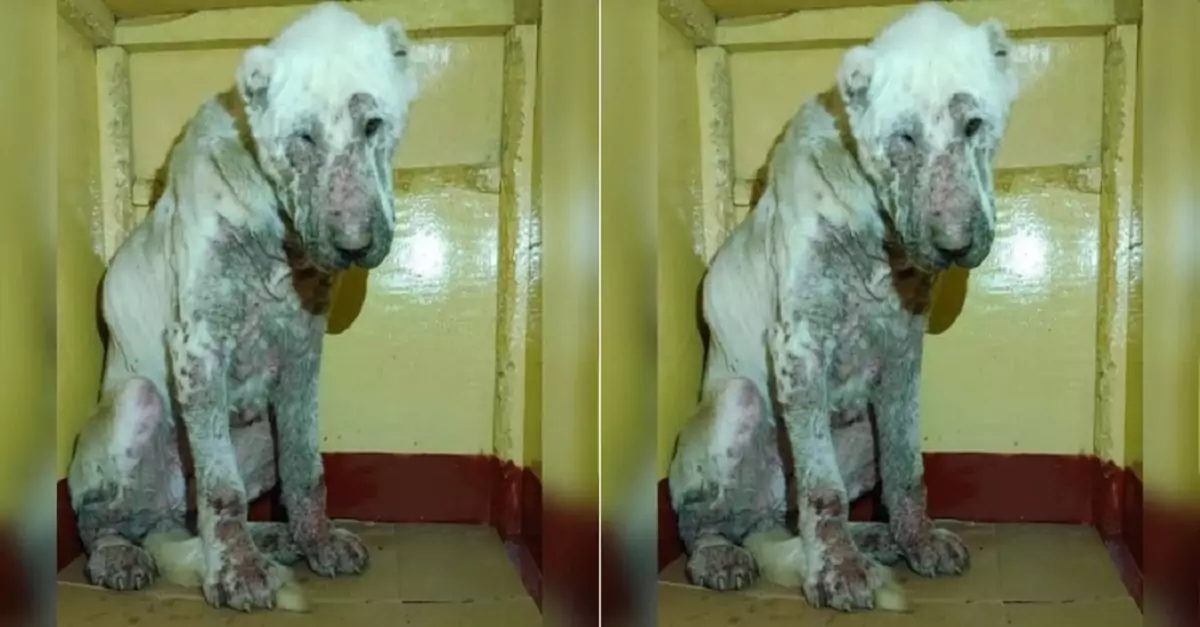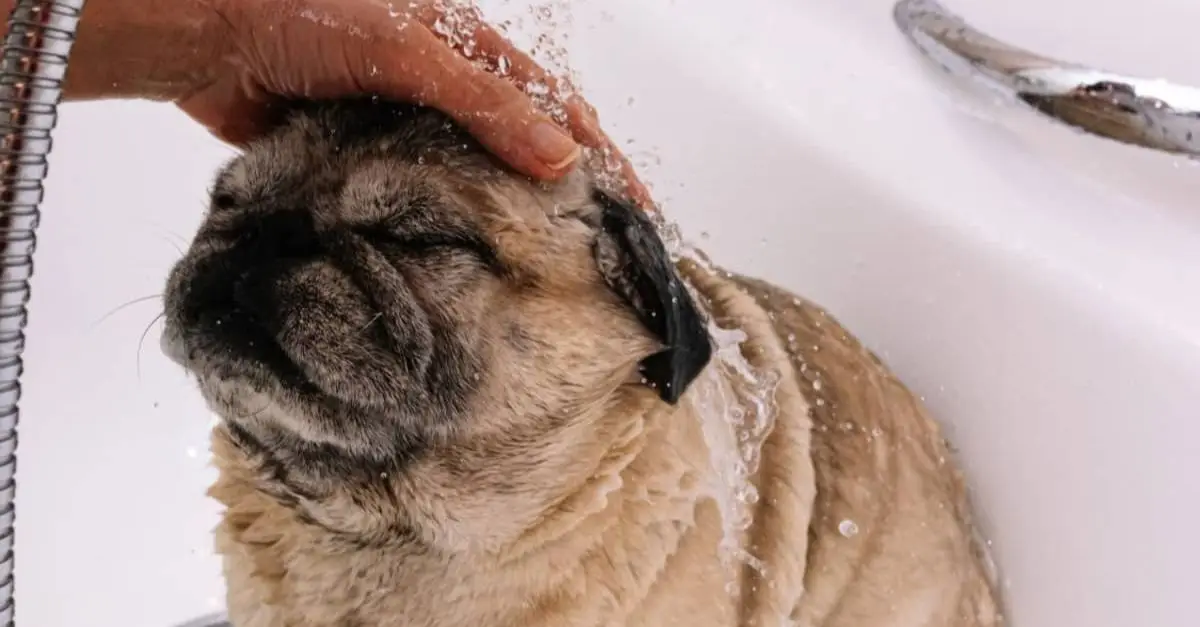A heartwarming story from Michigan highlights the unpredictable nature of feral cat rescue efforts. Momo, a young cat captured for a trap-neuter-release (TNR) program, defied expectations by refusing to return to her colony after being spayed. This unexpected turn of events led to a new life for Momo at a cat sanctuary.
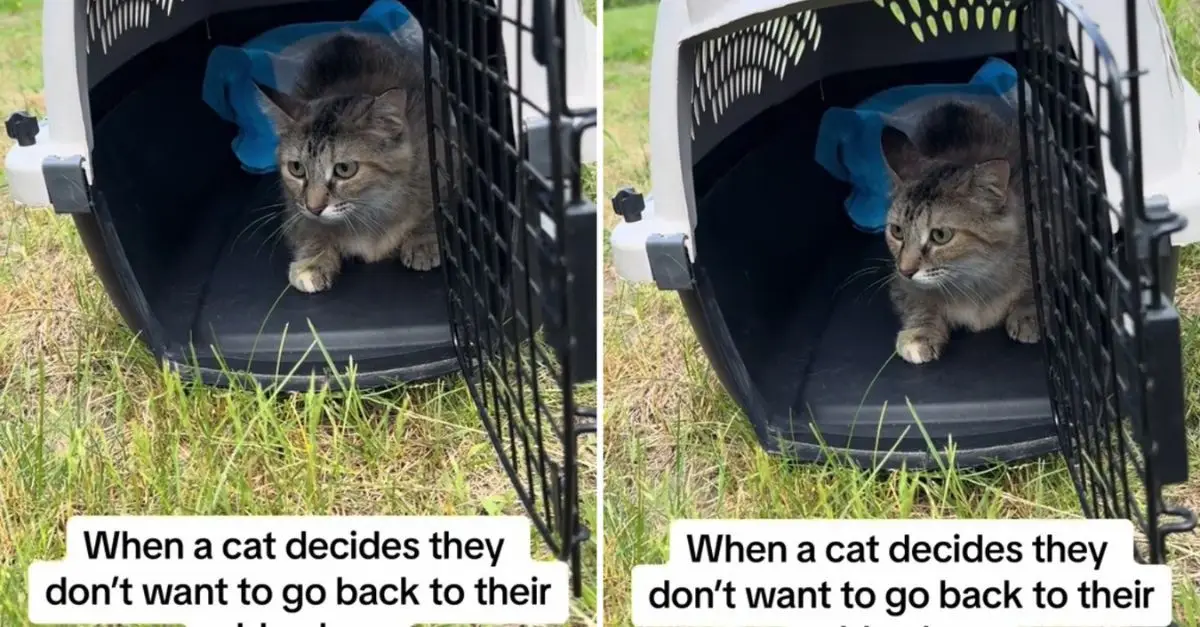
Stray Cat Chooses Indoor Life Over Colony After Taste
From uncertain beginnings to unexpected bond
Lisa VanZegern and her mother run Cat Trap Fever, a Michigan-based organization dedicated to humanely managing feral cat colonies through TNR. During a routine trapping, they captured Momo, a young cat estimated to be around a year old. Unfortunately, Momo was discovered to be pregnant. Sadly, the kittens did not survive due to inbreeding within the colony. After spaying Momo, the team prepared to release her back to her familiar surroundings.
However, Momo had other plans. As captured on video shared on their TikTok page, Momo adamantly refused to leave the comfort of her carrier upon returning to the colony. Despite her inherent wariness of humans, Momo’s clear desire for safety prompted VanZegern to reconsider the release.
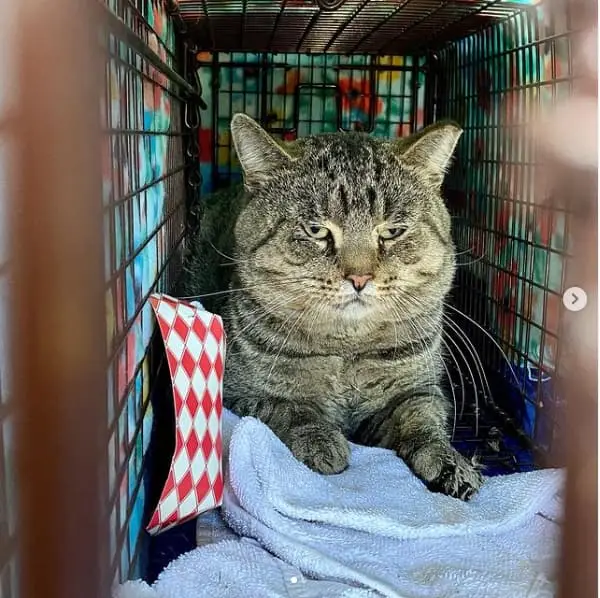
From uncertain beginnings to unexpected bond
A sanctuary fit for a feline free spirit
“We have a sanctuary for cats who fall into a gray area – not quite adoptable for traditional homes, but not truly feral either,” explained VanZegern. Recognizing Momo’s hesitation, the team welcomed her into their sanctuary, a haven for cats who struggle to adapt to either complete domestication or the harsh realities of life on the streets. VanZegern went on to say, “Momo fit right in. She chose comfort and safety over the uncertainty of outdoor life.”
The importance of TNR programs
Momo’s story underscores the vital role of TNR programs in managing feral cat populations. With millions of feral cats roaming the United States, organizations like Cat Trap Fever play a crucial part in controlling reproduction, preventing the spread of disease, and ultimately minimizing the suffering experienced by these wild felines. According to Shelter Animals Count, over 6.5 million animals entered shelters in 2023, with strays making up nearly half of that number. Feral cat reproduction can be prolific, with females averaging 1.6 litters per year. TNR programs effectively disrupt this cycle, reducing the number of unwanted cats and the burden placed on shelters.

The importance of TNR programs
A look ahead: A brighter future for feral felines
Momo’s story serves as a reminder that the lives of feral cats can take unexpected turns. While TNR programs prioritize colony management, individual needs may sometimes necessitate alternative solutions. Sanctuaries offer a valuable safety net for cats like Momo who crave human companionship but lack the necessary socialization for traditional adoption. As TNR programs continue their vital work, stories like Momo’s highlight the importance of adaptability and compassion in managing feral cat populations.

